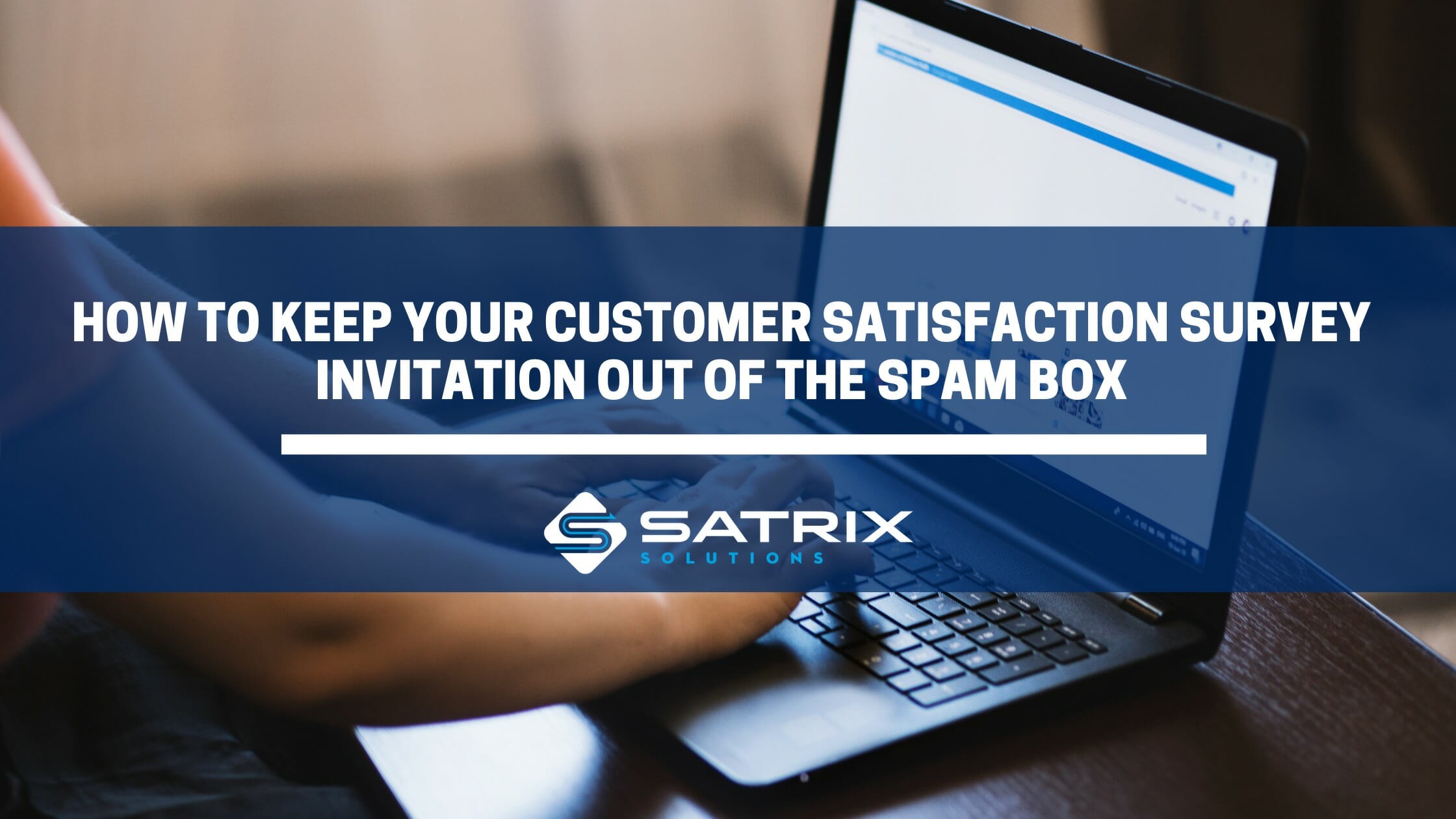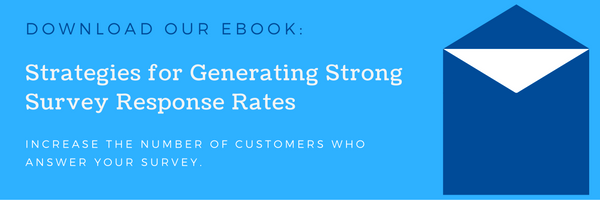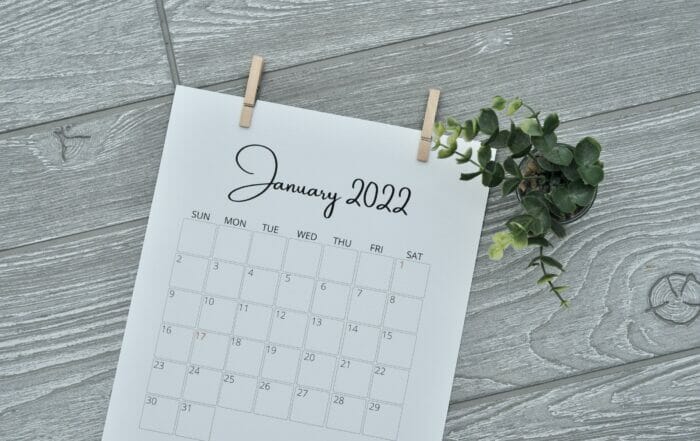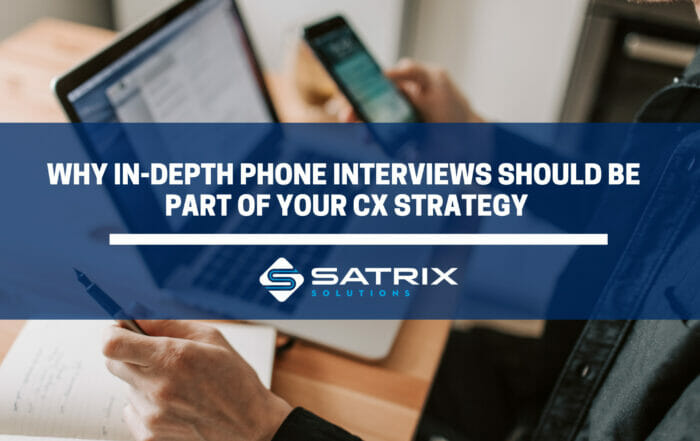Today you’re launching your Customer Satisfaction or Net Promoter Score survey. You put a lot of time and effort into writing your survey questions. The team agreed on which customer contacts would get the survey. The customer satisfaction survey is now ready for distribution.
You hit the send button. Next, your respondents will be opening the email invitation and completing your survey – that is, if the email actually reaches their inbox and is not re-directed to the spam folder.
Here at Satrix Solutions, we are diligent to ensure our clients’ survey invitations reach as many respondents’ inboxes as possible. Having launched numerous surveys on behalf of our clients over the past decade, we’ve learned how to sidestep spam filters when developing and sending out survey communications. While there are several tips, here are four common ones we share with our clients:
Avoid misspellings, styling mistakes, or word choice that could be confusing to an email filter.
Misspelled words, excessive use of the caps lock, too much bold or underlining, and promises of “free money” create a great risk that your email will be pushed to the spam folder of an organization’s email system. The use of some words could even be construed as inappropriate and be blocked, even though you are simply trying to gather customer feedback.
This is one of the simplest areas to avoid, but many organizations rush on their quality assurance checks. Sending something quickly but with an error is not worth it; your email address might be marked as spam.
Of course, sending a polished and error-free message impacts more than just spam filters. At some point, you have likely received a follow-up email an hour or two later with the organization expressing apologies for a clear mistake in the text. But when you are relying on your customers to click on a link to complete the survey, customers may perceive your survey as burdensome.
To achieve the highest deliverability and response rate, ensure your team has the bandwidth internally to take the extra time to test and check all aspects of the language within your survey communications. If you don’t have that internal bandwidth consider engaging an outside organization, like Satrix Solutions. Our experience with authoring survey invitations might give you a better chance of having the survey land in your customers’ inboxes and not their spam folders.
Avoid high image-to-text ratios in the email body.
If you make your survey communication look like an advertisement, then email filters will treat it as such. The email should be focused and to the point. This reduces your risk of being caught in a filter and also avoids reader fatigue. The focus should be on the link to complete the survey and should be easy to find and click on for the reader. Burying the link in an image to click on, or an elaborate line of text can reduce your chances of that person completing the survey. Your customers know your organization, so you do not need to incorporate a high-resolution logo.
Reducing the email’s complexity and the number of images helps the email appear, as you designed it, on mobile devices as well. Each year, a higher percentage of surveys are completed on mobile devices, so your respondents’ mobile experience is a key survey consideration.
To ensure customers focus on the survey link, embed the most important question from the survey within your communication. So, by answering this question, the respondent is easily taken to the full online survey to complete it without interruption.
Avoid emailing all your customers at one time.
Sending emails to thousands of customer contacts all at once, especially if you are sending to hundreds of contacts at one organization, can result in your survey invitation email being sent straight to spam. To avoid this, plan to send only a limited number of emails across multiple waves, so you never have to worry about sending too many at once. An idea that may also boost responses is breaking up your customer list into groups based on geography and sending the emails based on each group’s local working hours.
Another idea to space out emails is grouping the communications by internal team members from your organization. This could be based, for example, on a client success team member, where all the contacts who work with one member are emailed at once. Then some hours later, the next batch of communications for another team member is sent. This breaks up the total communications over time and could avoid a large number of emails from hitting one organization’s server at the same time.
By being strategic about when you send the survey communication to whom, you can increase the chances that each customer responds to your survey.
Avoid legal concerns – Ensure your emails meet all legal requirements for your audience.
Every day there seem to be new laws and requirements for sending emails. Starting with CAN-SPAM and GDPR, and now laws in California, Virginia, Washington, and soon Hawaii, it’s increasingly important that your email communications are properly developed. Satrix Solutions assists its clients with compliance by ensuring that the communications include:
- Who is administering the survey?
- The purpose of gathering customer feedback.
- Any required privacy statements regarding the information being collected.
- A mechanism to record ‘affirmative consent’ from each respondent who completes the survey, stating that their information can be used for its intended purpose.
Meeting the legal requirements ensures security for your customers and allows your organization to obtain the feedback it seeks without any risk of legal actions.
Customer satisfaction survey programs are a tremendous asset to B2B organizations. They signal to customers that you are interested in their experiences with your products or services, and they also signal the customer’s level of loyalty to your brand. Unfortunately, surveys sometimes fail to reach inboxes, causing your population size to drop dramatically.
Bottom line: don’t overlook the importance of avoiding spam filters when creating your next survey. If you’d like us to look over your survey communication language, drop us a note today.
For more valuable content, check out these posts:
A Mature Customer Experience Program is a Business Imperative in 2022
Jonathan Beretta2022-01-24T13:51:24-07:00January 24th, 2022|Comments Off on A Mature Customer Experience Program is a Business Imperative in 2022
Over the past two years, organizations have faced new challenges in attracting and retaining customers: an entirely new business environment and culture, threats of ongoing inflation, labor & supply chain shortages, and pandemic-related disruptions. Under [...]
What are the main factors driving wins and losses in B2B?
Tami Kinney2022-01-06T09:29:06-07:00January 5th, 2022|Comments Off on What are the main factors driving wins and losses in B2B?
To win over B2B sales prospects, it's not enough for your company just to have a good product and/or service. With fierce competition in many industries, you also need a compelling message that resonates with [...]
Why In-Depth Phone Interviews Should Be Part of your CX Strategy
Heather Timney2022-01-05T14:45:41-07:00October 15th, 2021|Comments Off on Why In-Depth Phone Interviews Should Be Part of your CX Strategy
In-depth Phone Interviews offer tremendous value to B2B organizations that want to better understand the “why” behind the user experience. As a one-to-one conversation with key decision-makers, In-depth Phone Interviews help you obtain richer insights [...]





